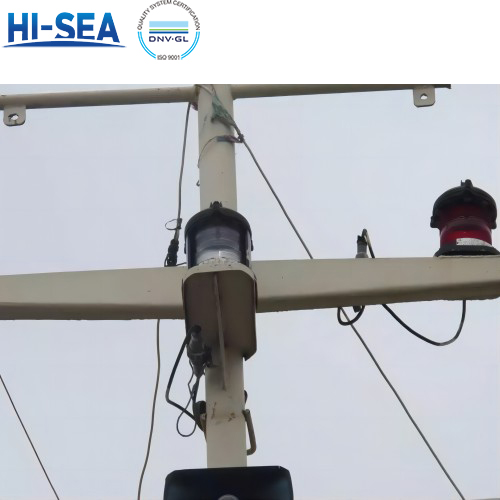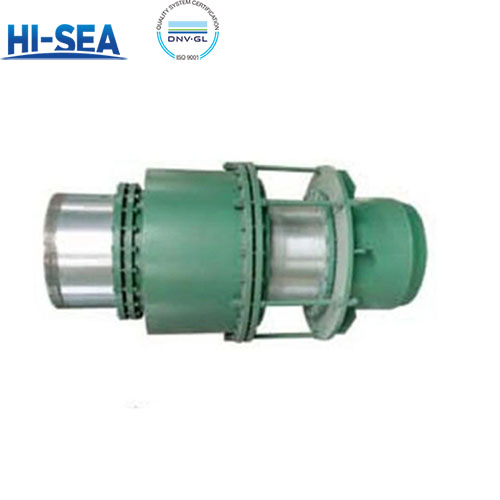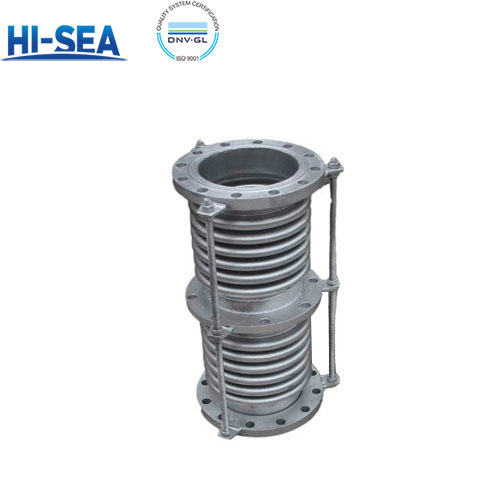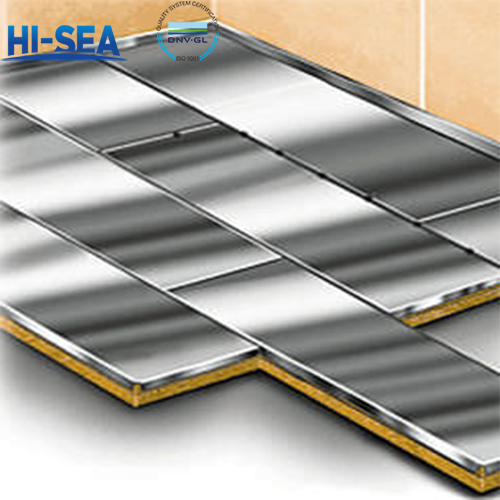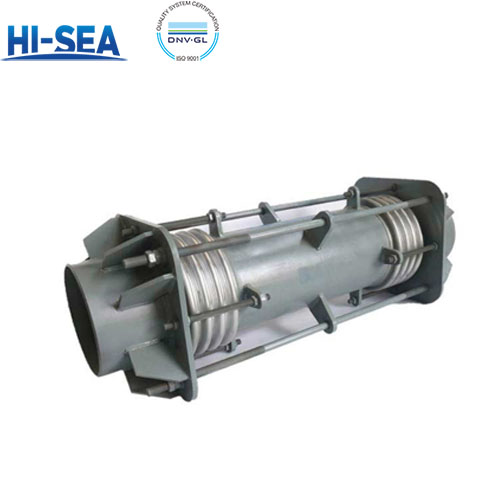
How to Select Navigation Signal Light
Overview
Navigation signal lights are essential fixtures for vessels during nighttime or in conditions of poor visibility. The main types include masthead lights, port lights, starboard lights, stern lights, and all-round lights.
Equipment requirements of different-size vessels
In accordance with the requirements of the International Regulations for Preventing Collisions at Sea (COLREGs), different types of vessels should equip different quantities of navigation signal lights.
Number | Length of ship (m) | L≥50 | 20≤L<50 | ||
| Type | Powered Vessel | Non-powered Vessel | Powered Vessel | Non-powered Vessel | |
1 | Masthead light | 2 | 1 | ||
2 | Port light | 1 | 1 | 1 | 1 |
3 | starboard light | 1 | 1 | 1 | 1 |
4 | Stern light | 1 | 1 | 1 | 1 |
5 | All-round light (White) | 2 | 2 | 1 | 1 |
6 | All-round light (Red) | 2 | 2 | 2 | 2 |
Note: 1. Powered vessels with a length less than 50 meters but not less than 20 meters may be equipped with two masthead lights.
2. Powered vessels and non-powered vessels with a length less than 50 meters but not less than 20 meters may be equipped with two white all-round lights, used as forward and aft anchor lights.

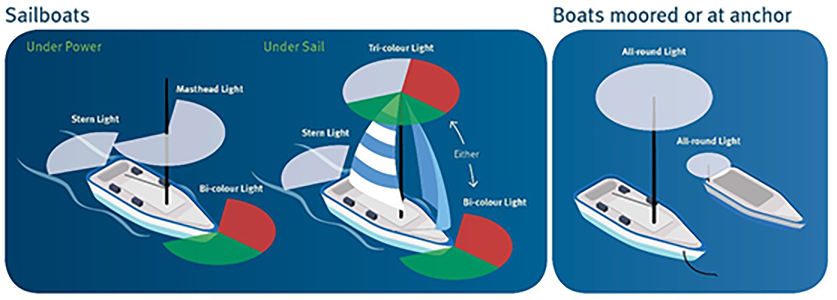
Apart from different quantities of navigation signal lights based on the vessel's length, international standards also specify the choice between single-deck and double-deck navigation signal lights when selecting. Understanding the differences between single-deck and double-deck navigation signal lights can assist you in choosing the lights that meet your requirements for safe navigation at sea.
The differences between single-deck and double-deck navigation signal lights
1. Adjustability: Due to higher brightness, double-deck signal lights usually come with adjustable brightness and color temperature functions. Single-deck signal lights may offer fewer options for adjusting brightness and color temperature, typically providing fixed illumination.
2. Power Consumption and Heat Dissipation: Since double-deck signal lights need to provide more light, they generally consume more power. Single-deck signal lights may have lower power consumption. Additionally, the principle of LED chips involves electronic transitions releasing heat. If the heat generated by LED chips cannot be effectively dissipated, their temperature will gradually rise, and prolonged exposure to high temperatures can affect the lifespan of the LED chips. Given the greater number of LED chips in double-deck signal lights, their heat dissipation requirements are also higher.
3. Design: Double-deck signal lights typically boast more elaborate and unique design aesthetics, making them visually appealing. Single-deck signal lights, in design, tend to be more simple and elegant.
In summary, international standards impose different requirements for equipping navigation signal lights on different vessels. When selecting navigation signal lights, it is essential to adhere to the International Regulations for Preventing Collisions at Sea, choosing the appropriate quantity of lights and single-type or double-deck types based on the standards and specific needs.

